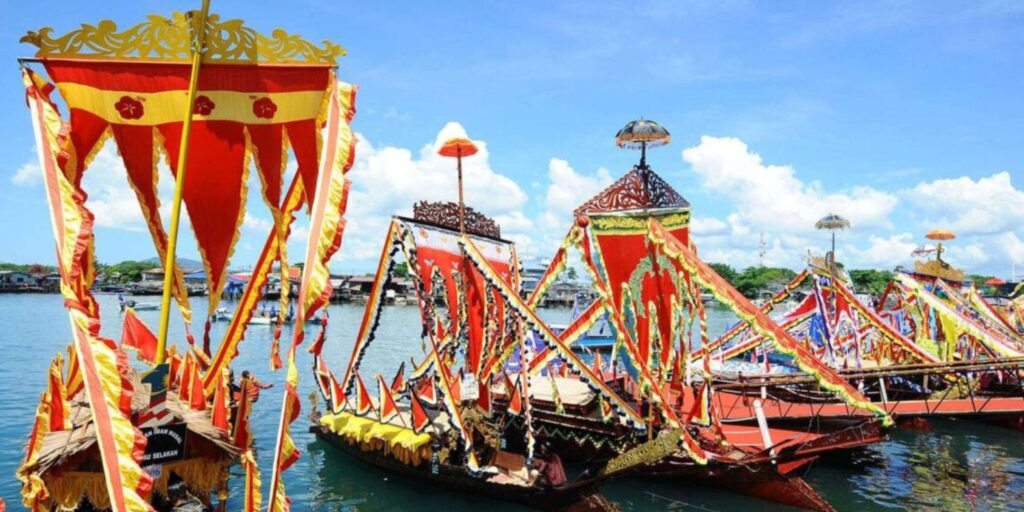The enchanting allure of the Andaman and Nicobar Islands through the lens of cultural fervor during the Panguni Utthiram festival.
This joyous occasion, celebrated predominantly by the Tamil community, is a vibrant tapestry of spirituality and tradition against the island’s stunning vistas.
Further, taking place typically in March or April, the festival becomes a testament to the deep-rooted reverence for Lord Murugan, resonating with devotees and tourists alike. Throughout the islands, the air is infused with an electric energy as locals and visitors come together to partake in various rituals, ceremonies, and cultural performances.
Moreover, from colorful processions to mesmerizing music and dance, every corner of Andaman and Nicobar exudes a celebration during this auspicious time. Further, for those seeking to delve into the tapestry of island culture, Panguni Utthiram offers an unparalleled opportunity to witness the heart and soul of the Andaman Nicobar festival scene.
1. Island Tourism Festival

Experience the vibrant culture of the Andaman and Nicobar Islands at the Island Tourism Festival, a captivating celebration held annually from the 5th to the 14th of January.
However, this festival offers a delightful immersion into the islands’ rich heritage, showcasing traditional music, captivating dances, and intricate craft exhibitions that highlight the talent of local artisans.
Mainly, indulge your palate with mouthwatering local delicacies, tantalizing your taste buds with flavors of the region. The festival is a gateway to understanding the islands’ distinctive culture, providing visitors with a memorable and enriching experience.
Whether you’re drawn to the rhythmic beats of traditional music or the exquisite craftsmanship on display, the Island Tourism Festival promises an unforgettable journey into the heart and soul of the Andaman and Nicobar Islands.
2. Subhash Mela
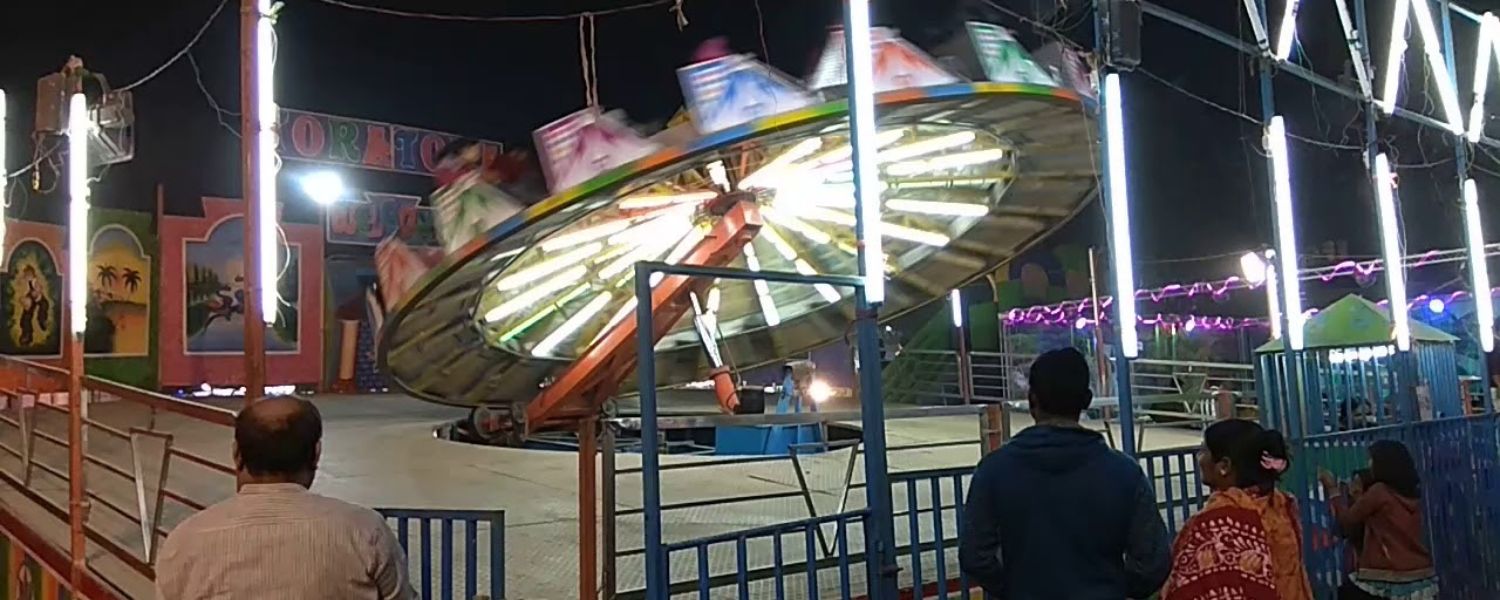
However, the Andaman Nicobar Festival, or Subhash Mela, is a vibrant celebration held annually on January 23rd to commemorate the birth anniversary of the revered leader, Netaji Subhash Chandra Bose.
This festival is a joyful tribute to his indomitable spirit and significant contributions to India’s struggle for independence. Located in the picturesque setting of the Andaman and Nicobar Islands, the festivities primarily take place at the Andaman Nicobar Festival History Cellular Jail in Port Blair.
Additionally, the event features many cultural shows, captivating exhibitions, and grand parades that encapsulate the region’s rich heritage and diverse traditions. A towering Netaji Subhash Chandra Bose statue stands as a symbol of reverence and inspiration amidst the jubilant atmosphere.
3. Beach Festival
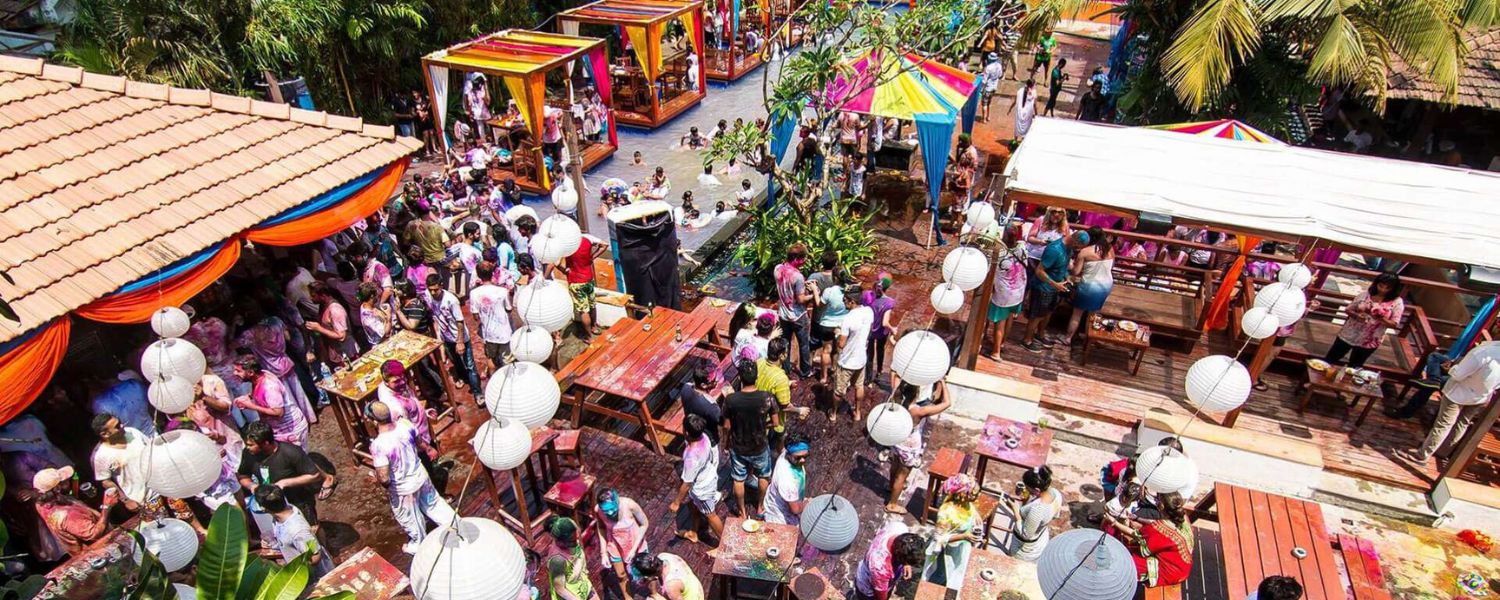
Experience the vibrant spirit of the Andaman and Nicobar Islands at the annual Beach Festival held at Corbyn’s Cove Beach in Port Blair. However, this lively event, taking place in April, celebrates togetherness and relaxation against stunning coastal scenery.
Whether you’re a thrill-seeker eager to dive into water sports or someone seeking a more laid-back vibe, there’s something for everyone. From exhilarating beach volleyball matches to captivating live music and dance performances, the festival promises endless entertainment.
Further, immerse yourself in the joyous atmosphere, soak in the breathtaking views of the sparkling waters, and create cherished memories with friends and family.
4. Lakshadweep and Andaman Festival
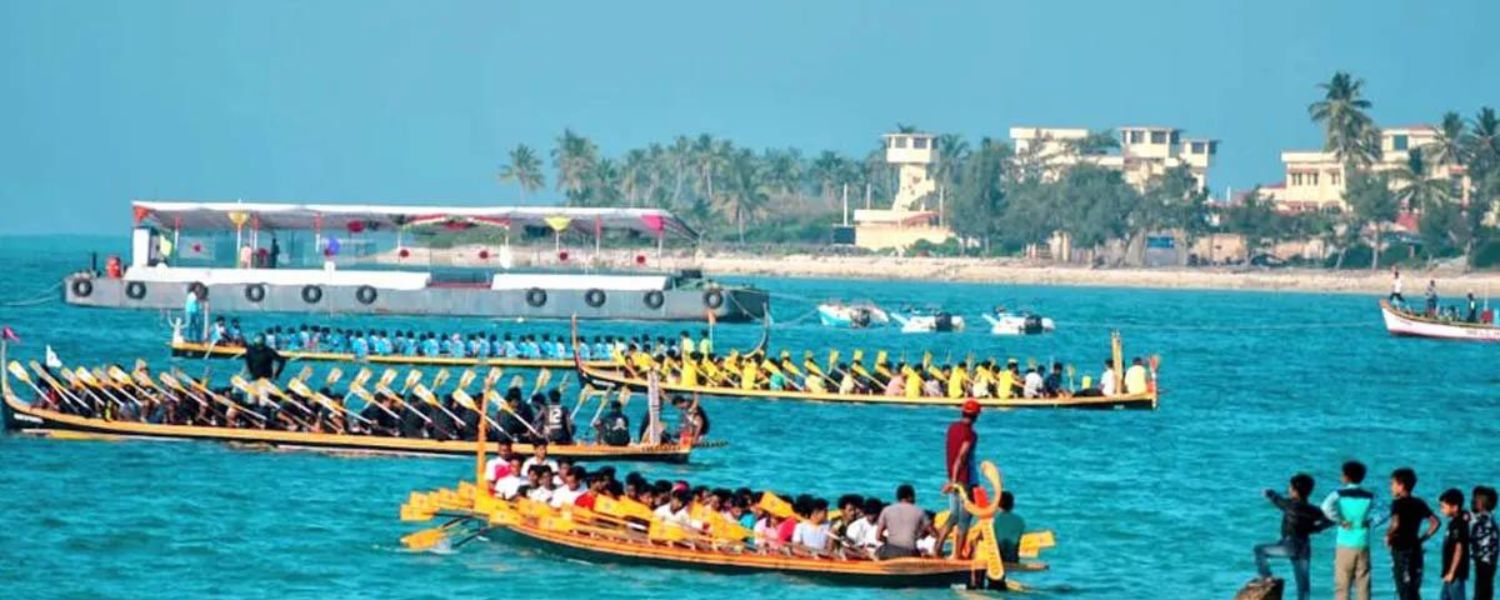
However, the Andaman and Nicobar Islands through the annual Andaman Nicobar Festival, a celebration that embodies the region’s rich traditions.
Mainly, held during the enchanting month of April, this festival offers a captivating blend of diverse customs and rituals unique to the islands. Immerse yourself in the festivities as you witness captivating performances of traditional dances, melodic songs, and culinary delights that showcase the culinary prowess of the islanders.
The Andaman Nicobar Festival is a testament to the strong cultural bonds that unite the island communities, providing visitors with an unforgettable experience and highlighting the beauty of cultural diversity.
However, on a journey of discovery as you engage with local communities and participate in age-old rituals and the warm hospitality of the islanders, Celebrate this exciting festival with your loved ones and uncover the Andaman and Nicobar Islands treasures in a truly unique and immersive way.
5. Diwali

Diwali called the ‘Festival of Lights,’ holds significant cultural importance in the Andaman and Nicobar Islands, fostering community and spirituality among its inhabitants. Typically falling during April, this joyous occasion sees locals adorning their homes with vibrant lamps and intricate rangoli patterns, illuminating the entire region with a dazzling display of colors.
Additionally, Diwali is more than just a spectacle. It’s a time for sharing love and forging stronger bonds with family and friends. The tradition of exchanging delectable sweets symbolizes the spirit of togetherness and generosity that defines this festival.
As night falls, the sky comes alive with breathtaking fireworks, adding to the festive fervor. Through Diwali, the people of Andaman and Nicobar Islands decorate their homes and hearts, reinforcing the rich cultural heritage and deep-rooted connections that bind them together.
6. Eid-ul-Fitr
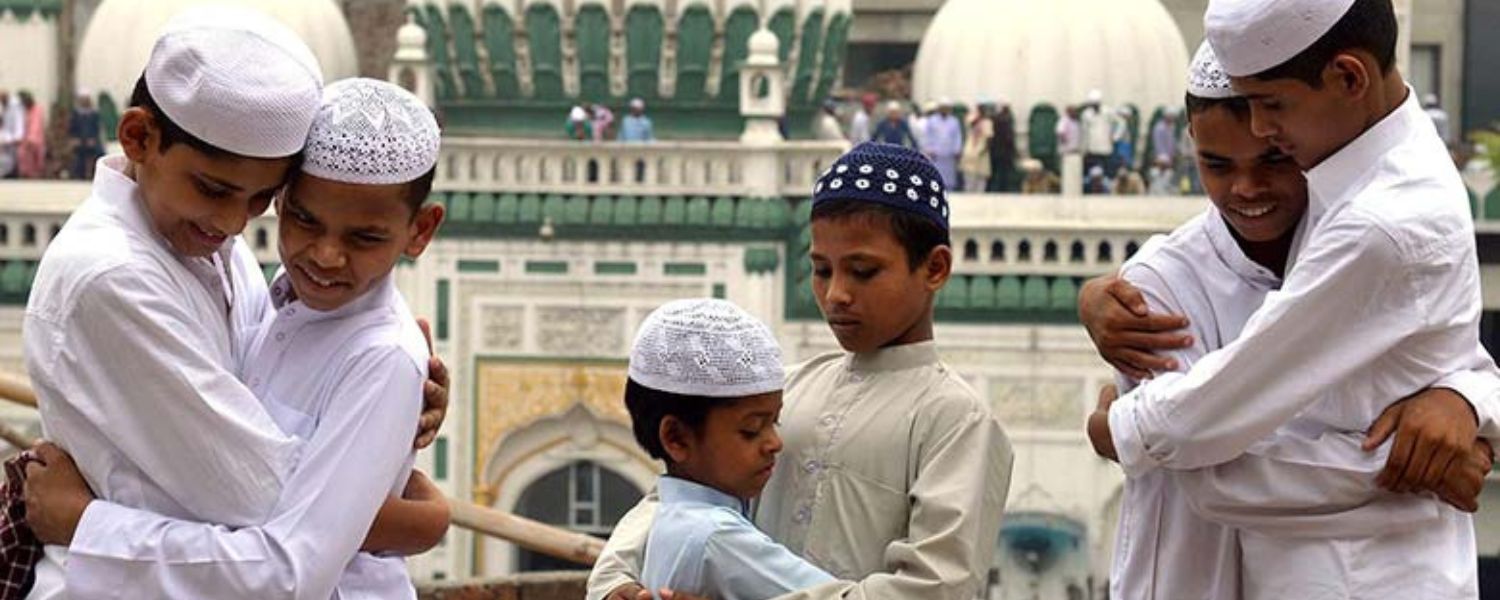
Eid-ul-Fitr, a cherished festival in the Andaman and Nicobar Islands, marks the culmination of Ramadan, a sacred month of fasting and spiritual contemplation for the local Muslim community.
However, when celebrated with enthusiasm and joy, it symbolizes unity and generosity among people, transcending cultural boundaries. Amidst the picturesque backdrop of these islands, families and friends come together for special prayers and festive gatherings, exchanging warm wishes and delectable treats.
Further, this festival, which typically falls in April, serves as a reminder of the diverse cultural tapestry of the region, where individuals from varied backgrounds coexist harmoniously.
It highlights the essence of communal harmony and the spirit of sharing, irrespective of one’s origins. Eid-ul-Fitr encapsulates the ethos of togetherness and compassion, echoing the islanders’ commitment to embracing diversity while fostering a sense of unity.
7. Christmas eve

Christmas holds a special place in the hearts of the Andaman and Nicobar Islands Christian community. It’s a time of immense joy and devotion, marked by vibrant celebrations and heartfelt gatherings.
However, throughout December, churches in the region come alive with stunning decorations, captivating both Christians and people of other faiths. The highlight of the Christmas festivities is the midnight Mass on Christmas Eve, a significant service that unites a diverse congregation in prayer and reflection.
Beyond religious observances, Christmas in the Andaman and Nicobar Islands is a time of generosity and communal harmony, where people come together to share in the season’s spirit. Additionally, this year, on December 25th, 2024, the islands will once again be filled with the warmth and cheer of Christmas, bringing people closer in celebration of faith and togetherness.
8. New Year’s Eve

Furthermore, New Year’s Eve in the Andaman and Nicobar Islands, known as the Andaman Nicobar Festival, is a vibrant affair filled with festivities that light up the tropical paradise. As the year draws to a close, the islands buzz with excitement as hotels and resorts host lively parties adorned with music, dance, and mouthwatering delicacies.
However, the countdown to midnight sees the beach festival of Andaman and Nicobar Islands teeming, with people eagerly anticipating the spectacular fireworks display that paints the night sky with vivid colors.
Laughter, cheers, and joyous celebrations fill the air, creating an unforgettable atmosphere that resonates with locals and tourists. It’s a time of camaraderie and anticipation, where memories are made against the backdrop of sandy shores and swaying palm trees.
9. Ganesh Pooja

Ganesh Pooja, a cherished festival in the Andaman and Nicobar Islands, marks the celebration of Bhadrapad Sudha Chaturthi, a significant date in the Hindu calendar. Also known as “Vinayaka Chaturthi,” this occasion sees numerous Ganesh temples adorned with vibrant floral decorations and illuminated with traditional diyas.
However, devotees from all walks of life throng these temples to offer prayers and homage to Lord Ganesha, seeking his blessings for prosperity and success. Further, the festivities are spiritual and gastronomic, with delicious treats like “Kozhukattai” and “Sundal” served as Prasad to the worshippers.
Skilled priests conduct elaborate Aartis and poojas, infusing the air with devotional fervor. Among the must-visit temples during Ganesh Puja are the revered Shri Karpaga Vinyagar at Goal Ghar and the serene Sri Lakshmi Vinayagar Temple in Aberdeen Bazaar.
10. Ayyappa Pooja

Celebrated in the Tamil month of Thai, the Ayyappa Pooja holds significant cultural and spiritual importance, especially in the Andaman and Nicobar Islands. Further, falling on either January 14 or 15, depending on the day of the Thai New Year, this ritual is preceded by a period of rigorous observances lasting between 45 and 60 days. Devotees devoutly perform poojas three times daily, beginning at five in the morning, to honor Lord Ayyappa.
On the auspicious day of Thai 1st, pilgrims gather at Ayyappa temples to pay homage to the deity. The atmosphere resonates with the melodious chanting of bhajans and Ayappa-related devotional songs accompanied by clapping and musical instruments.
The fervent belief that Lord Ayyappa bestows blessings upon those who partake in this ritual adds to the allure of the celebration, drawing devotees from far and wide to witness and participate in this sacred festival.
11. Kali Pooja

Kali Puja, a vibrant festival celebrated predominantly in the Andaman and Nicobar Islands, revolves around the worship of Goddess Maa Kali, revered as the harbinger of destruction to evil forces. Held annually during the Aswin month (October–November), devotees flock to the exquisitely adorned Kali Temple in Premnagar, which serves as the focal point of the festivities.
Adorned with colorful lamps, the temple becomes a beacon of spiritual hunger, attracting locals and tourists from far-flung places. The heart of the celebration lies in the ritualistic poojas and artis performed in honor of the goddess.
Beyond the temple’s walls, streets come alive with the presence of Kali’s idols, offering devotees additional avenues for worship. A significant spectacle is the procession following the Kali Puja, where the idols are ceremoniously submerged in water, symbolizing the cycle of creation and destruction.
Through this profoundly symbolic ritual, devotees seek blessings for protection, prosperity, and the vanquishing of negativity from their lives.
12. Holi

Holi, also called the Festival of Colors, is a vibrant celebration filled with joy and camaraderie. Held annually on Phalguni Poornima Day, which falls between February and March in the Hindu calendar, Holi Celebrations regardless of location and religion, bring people of all ages together in exuberant revelry.
It is one of the most spirited locales for these Andaman and Nicobar Islands festivals, where residents enthusiastically embrace Holi. Faces light up with smiles as they douse each other in vibrant hues, symbolizing the triumph of good over evil and the coming of spring. While some flock to temples to offer prayers, others, especially the younger generation, partake in the festivities with playful abandon.
13. Panguni Uthiram

Panguni Uthiram, a cherished festival among the Andaman and Nicobar Islands residents, holds profound significance in their cultural tapestry.
Dedicated to honoring Lord Shiva and Lady Parvati’s son, Sri Vetrimalai Murugan (also known as Karthik), this celebration is a vibrant expression of faith and devotion. The oldest temple in these islands, the Murugan temple at Sri Vetrimalai (Victory Hill), stands as a beacon of spiritual unity, attracting visitors of all backgrounds and beliefs.
Here, amidst the glorious glow of lights and fluttering banners, devotees fervently offer prayers, believing in Murugan’s benevolence and blessings. Central to the festivities is the tradition of “Anna Dhanam,” the sacred act of distributing Andaman Nicobar festival food to all, symbolizing community and compassion.
14. Sri Mariamman Thiruvizha

Sri Mariamman Thiruvizha, a vibrant festival celebrating the revered goddess Arulmigu Sri Mariamman, is a prominent event in the Andaman and Nicobar Islands.
Nestled just six kilometers from Astinabad, this festival of the Andaman and Nicobar Islands holds significant cultural importance. The shrine, located amidst serene landscapes, attracts devotees from far and wide. Known as the second-largest Hindu celebration in the region, it symbolizes unity and devotion. Chidiya Tapu is the final destination for Port Blair buses, leading pilgrims to this sacred site.
Legend has it that the benevolent presence of Goddess Mariamman has long graced these islands, transcending religious boundaries. Local and foreign visitors consider it obligatory to pay homage to the goddess before leaving. The festival is held annually in February and features traditional rituals, including pooja and aarti, reminiscent of devotion to Sri Vetrimalai Murugan.
Conclusion
In conclusion, the Andaman Nicobar festival scene offers a kaleidoscope of cultural richness and vibrant celebrations that captivate locals and visitors alike. From the spiritual hunger of Panguni Uthiram, dedicated to Lord Murugan, to the jubilant festivities of Subhash Mela honoring Netaji Subhash Chandra Bose, each event embodies the island’s deep-rooted traditions and heritage.
However, the Beach Festival at Corbyn’s Cove Beach and the Island Tourism Festival provide immersive experiences into the region’s art, music, and culinary delights, fostering a deeper appreciation for its unique culture.
Whether it’s the colorful Holi celebrations, the solemn observance of Eid-ul-Fitr, or the joyous spirit of Christmas, every festival in Andaman and Nicobar Islands brings communities together in a harmonious tapestry of diversity and unity.
As visitors partake in these festivities, they not only witness the beauty of the islands’ landscapes but also become enveloped in the warmth of their people and the richness of their cultural expressions. Andaman and Nicobar festival celebrations truly exemplify the soulful essence of these enchanting islands.
FAQ
Q: What is the famous festival of Andaman and Nicobar?
A: The vibrant Panguni Utthiram festival is a highlight among the Andaman and Nicobar Islands festivals. Celebrated by the Tamil community, usually in March or April, it holds special reverence for Lord Murugan, a significant deity in Tamil culture.
Q: What is the festival of dance in Andaman and Nicobar Islands?
A: The Ossuary Feast, celebrated by the Nicobarese tribe, is a prominent event featuring the Nicobarese Folk Dance. It’s a heartfelt homage to departed family heads, where all attendees participate in the dance, creating an atmosphere of unity and remembrance.
Q: What are the festivals of Lakshadweep, Andaman, and Nicobar?
A: While Independence Day, Republic Day, Milad-Ul-Nabi, Idulfitr, Bakrid, and Muharram are celebrated in Lakshadweep Andaman and Nicobar, local cultural festivals like Panguni Utthiram and the Ossuary Feast hold a special place among residents.
Q: Is Durga Puja the main festival of the Andaman and Nicobar Islands?
A: Though celebrated with grandeur, Durga Puja is among the diverse range of festivals in Andaman Nicobar. It’s a vibrant occasion marked by worship, cultural programs, and pandal hopping, adding to the rich tapestry of festivities in the region.
